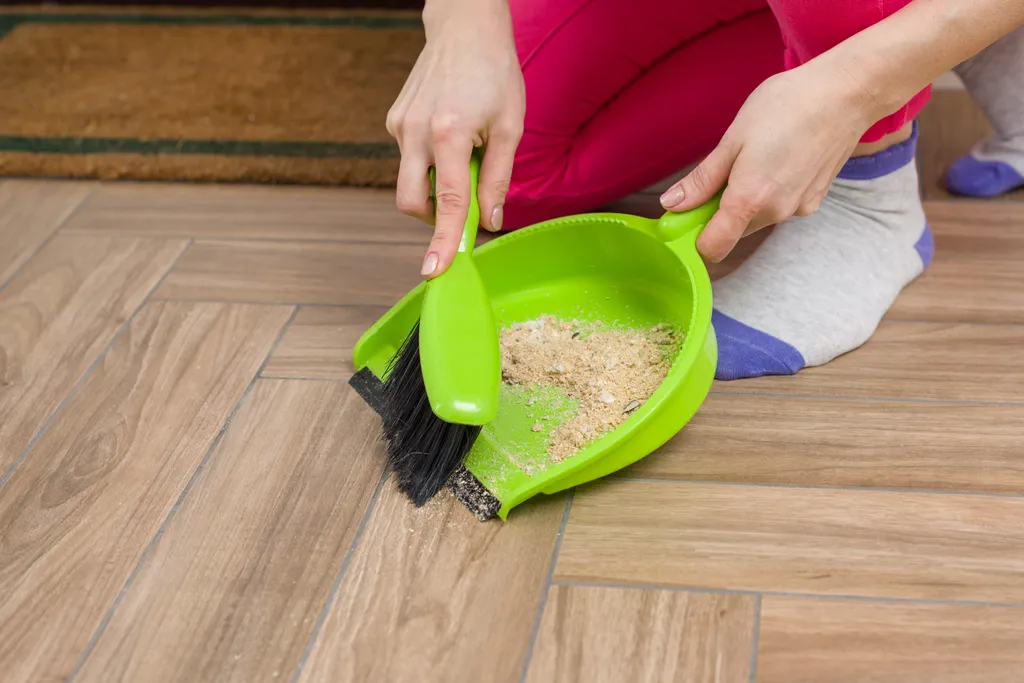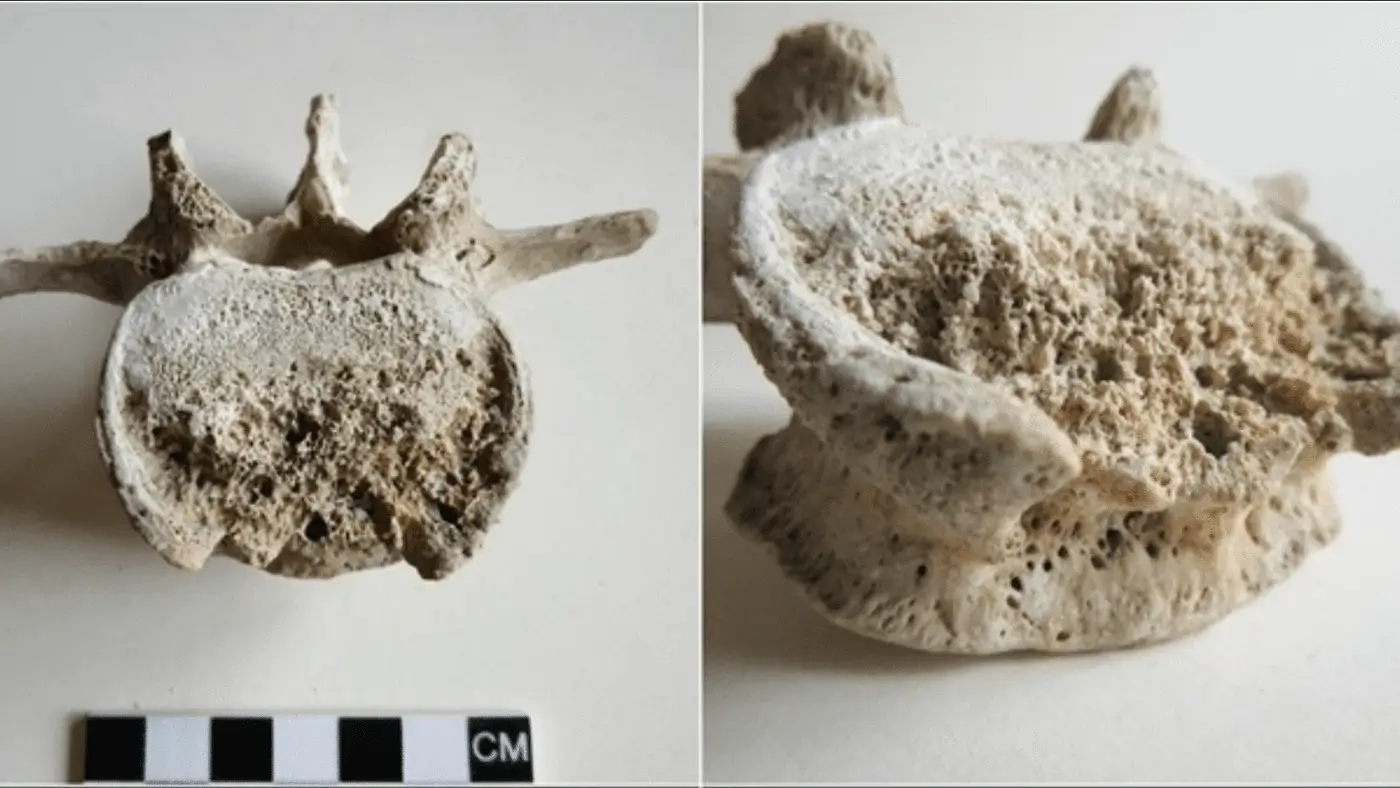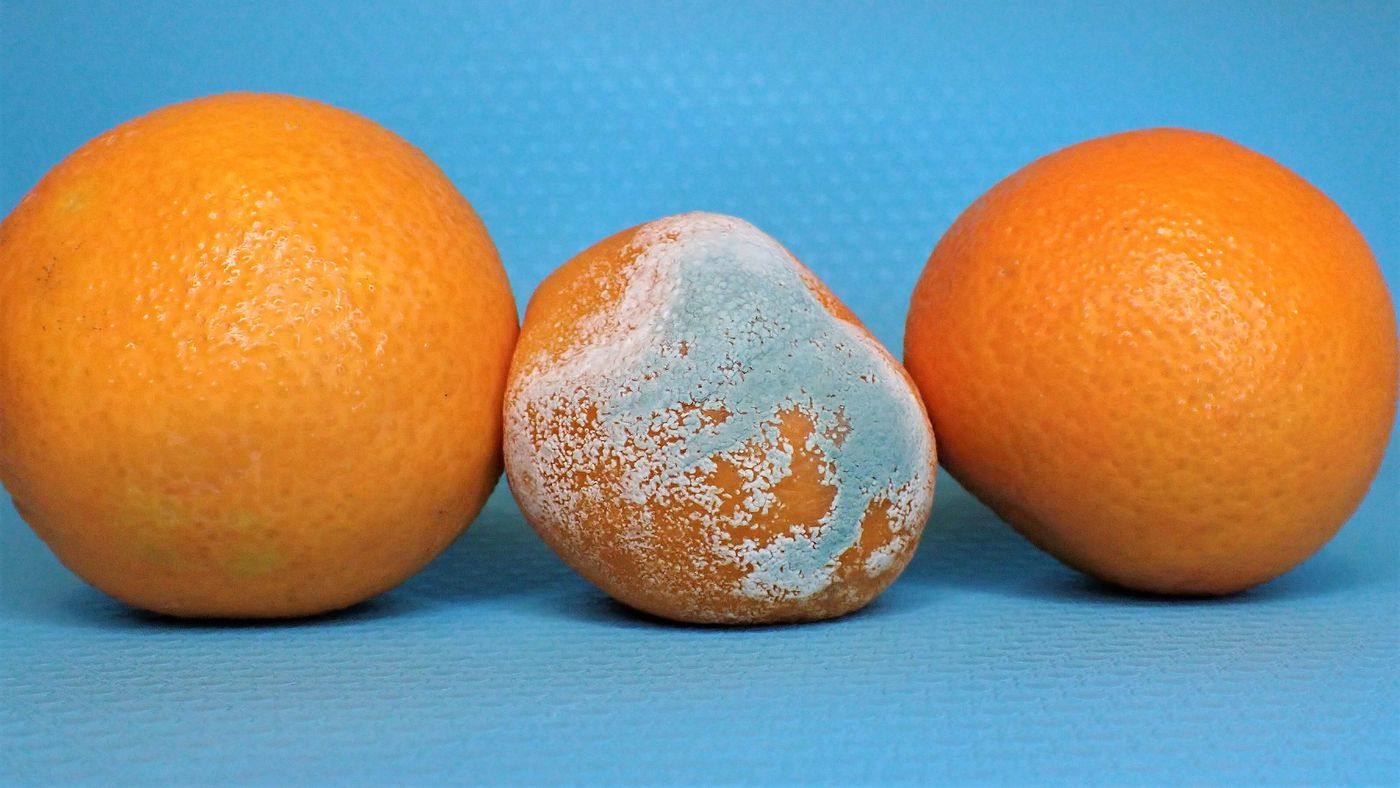Is it true that household dust is made from dead skin?

Dust seems to multiply inside the house and, even after a good cleaning, it reappears within a short time. Because of this, one of the many theories about its existence is that its composition is basically made of dead skin — yes, our epithelial cells that have aged and are eliminated (shedded) by the body.
- Health challenge: 99% of the world's population breathes polluted air, according to WHO
- Air pollution can compromise sperm quality
Although skin fragments are an important component, they are not the only element present in house dust. For example, in cities where the level of pollution is high or where there is heavy car traffic, the concentration of soot in the dust tends to be higher than in rural areas.

Some house dust is dead skin (Image: Valeriygoncharukphoto/Envato Elements)
What is house dust made of?
According to the Canadian Center for Architecture (CCA), the composition of dust can change depending on the characteristics of the region in which a house is built. In general, you can find the following elements when analyzing a sample:
- dead skin cells;
- Fibers from carpets, rugs or upholstered furniture;
- Paint fragments;
- Mold;
- hair particles;
- Construction Materials;
- Pollen;
- Bacteria;
- Virus;
- Body parts of small insects;
- ash;
- Soot;
- Minerals, heavy metals and pieces of soil.
In addition to the elements that “appear” inside the house, dust is made up of external elements. In these cases, they usually arrive through the air or through the sole of shoes.
Heavy metals?
It may seem very strange, but researchers have also identified the presence of lead in some samples of household dust. Published in the scientific journal Environmental Science & Technology, the study that pointed to the possible relationship was led by researchers from the University of Ottawa, Canada.
After analyzing the composition of dust from more than 1,200 homes, the team found that older buildings had significant levels of lead in their dust. This can be explained by the fact that lead and gasoline paints were common until the 1970s in the country. Another issue is that soot was more common in regions where car circulation was considered intense.
Dead skin is an important compound of house dust
Also published in Environmental Science & Technology, an American study investigated how much household dust came from inside or outside the country's Midwest. In the research, scientists at the University of Arizona collected samples from 218 homes, including 147 from smoke-free homes.
The conclusion of the small study was that 60% of the dust components came from inside the house, that is, the majority of the compounds were produced internally in that area. Within this percentage, the impact of dead human skin is undeniable.
After all, on average, the average adult loses about 500 million cells per day, including epithelial cells. Per hour, 0.03 to 0.09 grams of skin are removed. This is because the skin is renewing itself all the time. The “advantage” is that all this material does not get trapped inside the house and many of them run off in the shower water, remain on clothes or are discarded on the street, at school or at work.





